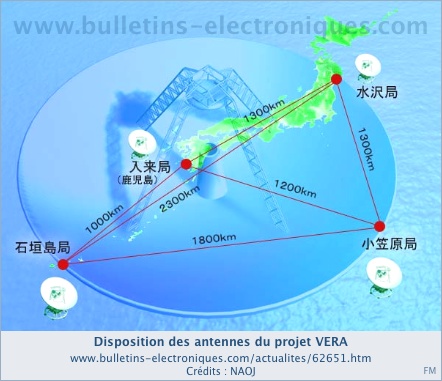

This can be achieved using VLBI astrometry, which may require re-observing the old sample of radio stars as well as measuring new objects. Even a 35-cm orbital accuracy would fail to provide global VLBI astrometry as accurate as ground-only VLBI. While the origin of the indicated rotation is understood and can be avoided in future data releases, it remains important to validate the bright reference frame of Gaia by independent observations. These effects limit the spacecraft position accuracy to at least 35 cm (and probably 3 m or more) for the first generation of dedicated space VLBI experiments.

The accuracy is currently limited because only a few radio sources are included in the solution, by uncertainties in the Gaia DR2 proper motions, and by issues related to the astrophysical nature of the radio stars.Ĭonclusions. This supports a similar conclusion based on a comparison with stellar positions in the H IPPARCOS frame. The VLBI data for the best-fitting 26 sources indicate that the bright reference frame of Gaia DR2 rotates relative to the faint quasars at a rate of about 0.1 mas yr −1, which is significant at the 2 σ level. The method is applied to Gaia Data Release 2 (DR2) using published VLBI data for 41 radio stars. Simultaneous estimation of the six spin and orientation parameters makes optimal use of VLBI data and makes it possible to include even single-epoch VLBI observations in the solution. The aim of this paper is to examine the use of very long baseline interferometry (VLBI) observations of radio stars to determine the spin and orientation of the bright reference frame of current and future Gaia data releases. At brighter magnitudes, it is difficult to validate the quality of the reference frame because comparison data are scarce.Īims. For sources fainter than 16th magnitude, this is achieved through Gaia’s direct observations of quasars. Lund Observatory, Department of Astronomy and Theoretical Physics, Lund University, Box 43, 22100 Lund, SwedenĮ-mail: Positions and proper motions of Gaia sources are expressed in a reference frame that ideally should be non-rotating relative to distant extragalactic objects, coincident with the International Celestial Reference System (ICRS), and consistent across all magnitudes. Astronomical objects: linking to databases.Including author names using non-Roman alphabets.Suggested resources for more tips on language editing in the sciences Punctuation and style concerns regarding equations, figures, tables, and footnotes Recommended charges in future space VLBI missions are unlikely to make space VLBI competitive with ground-only VLBI in global astrometric measurements.

These effects limit the spacecraft position accuracy to at least 35 cm (and probably 3 m or more) for the first generation of dedicated space VLBI experiments. A number of practical considerations, such as system noise and imperfect calibrations, set bounds on the orbit-determination accuracy realistically achievable using space VLBI delay data. The typical position error is at least as large as the distance corresponding to the delay measurement accuracy but can be much greater for some geometries. In an idealized case of quasi-simultaneous observations of three radio sources in orthogonal directions, analytical expressions are found for the instantaneous spacecraft position and its error.

This article addresses the use of space VLBI delay data for the additional purpose of improving the orbit determination of the Earth-orbiting spacecraft. Two spacecraft dedicated to VLBI are scheduled for launch in 1995 the primary scientific goals of these missions will be astrophysical in nature. Use of the VLBI delay observable for orbit determination of Earth-orbiting VLBI satellites Very long-baseline interferometry (VLBI) observations using a radio telescope in Earth orbit were performed first in the 1980s.


 0 kommentar(er)
0 kommentar(er)
